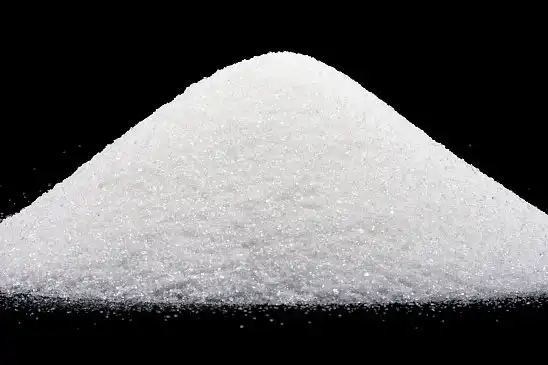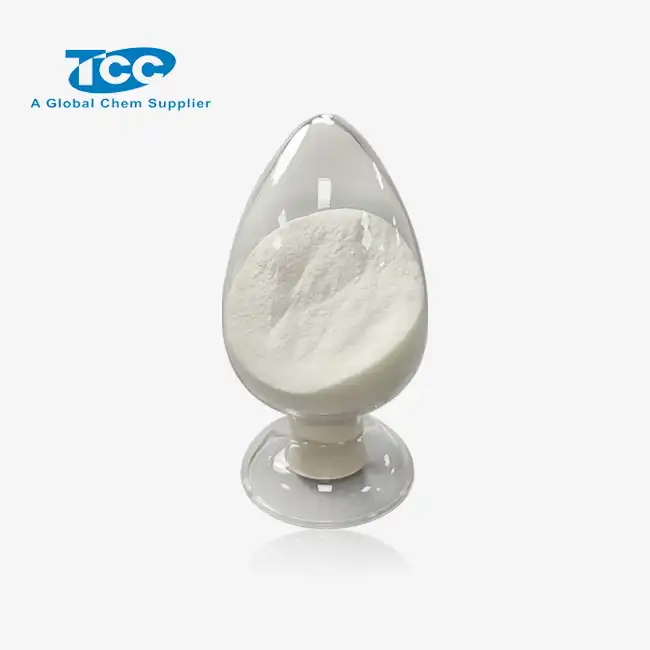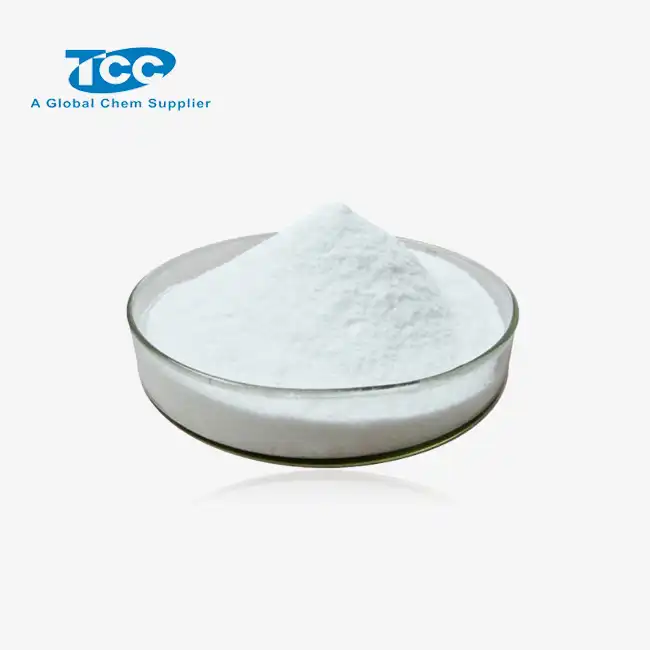- English
- French
- German
- Portuguese
- Spanish
- Russian
- Japanese
- Korean
- Arabic
- Greek
- German
- Turkish
- Italian
- Danish
- Romanian
- Indonesian
- Czech
- Afrikaans
- Swedish
- Polish
- Basque
- Catalan
- Esperanto
- Hindi
- Lao
- Albanian
- Amharic
- Armenian
- Azerbaijani
- Belarusian
- Bengali
- Bosnian
- Bulgarian
- Cebuano
- Chichewa
- Corsican
- Croatian
- Dutch
- Estonian
- Filipino
- Finnish
- Frisian
- Galician
- Georgian
- Gujarati
- Haitian
- Hausa
- Hawaiian
- Hebrew
- Hmong
- Hungarian
- Icelandic
- Igbo
- Javanese
- Kannada
- Kazakh
- Khmer
- Kurdish
- Kyrgyz
- Latin
- Latvian
- Lithuanian
- Luxembou..
- Macedonian
- Malagasy
- Malay
- Malayalam
- Maltese
- Maori
- Marathi
- Mongolian
- Burmese
- Nepali
- Norwegian
- Pashto
- Persian
- Punjabi
- Serbian
- Sesotho
- Sinhala
- Slovak
- Slovenian
- Somali
- Samoan
- Scots Gaelic
- Shona
- Sindhi
- Sundanese
- Swahili
- Tajik
- Tamil
- Telugu
- Thai
- Ukrainian
- Urdu
- Uzbek
- Vietnamese
- Welsh
- Xhosa
- Yiddish
- Yoruba
- Zulu
Is concrete Retarder RH710L compatible with fly ash and slag cement?
In the world of concrete construction, the use of admixtures has become increasingly important to enhance the performance and durability of concrete structures. One such admixture, concrete Retarder RH710L, has gained significant attention due to its ability to control the setting time of concrete. However, a common question that arises among construction professionals is whether this retarder is compatible with supplementary cementitious materials like fly ash and slag cement. This compatibility is crucial as these materials are often used to improve concrete properties and reduce environmental impact. In this blog post, we will explore the compatibility of concrete Retarder RH710L with fly ash and slag cement, examining its effects on concrete performance, workability, and long-term durability. By understanding these interactions, we can make informed decisions about the use of RH710L in various concrete applications and optimize the benefits of these supplementary materials.
How does concrete Retarder RH710L interact with fly ash in concrete mixtures?
Chemical reactions between RH710L and fly ash
The interaction between concrete Retarder RH710L and fly ash in concrete mixtures is a complex process involving various chemical reactions. RH710L, being a retarding admixture, primarily works by forming a protective film around cement particles, temporarily preventing their hydration. When fly ash is introduced into the mix, it contributes additional pozzolanically reactive components. The presence of RH710L can actually enhance the effectiveness of fly ash by allowing more time for the pozzolanic reactions to occur. This extended reaction time can lead to improved long-term strength development and reduced permeability in the hardened concrete. However, it's important to note that the exact nature of these interactions can vary depending on the specific composition of the fly ash and the dosage of RH710L used.
Effects on setting time and early strength development
The combination of concrete Retarder RH710L and fly ash has a significant impact on the setting time and early strength development of concrete. RH710L, by its very nature, delays the initial and final setting times of concrete. When used in conjunction with fly ash, this effect can be further pronounced. The retarding action of RH710L allows the fly ash more time to participate in the hydration process, which can lead to a more gradual strength gain in the early stages. While this may result in slightly lower early-age strengths compared to ordinary Portland cement concrete, it often translates to higher ultimate strengths and improved durability. Contractors and engineers must carefully consider this behavior when planning formwork removal and early loading of structures, especially in cooler weather conditions where the retarding effect may be more pronounced.
Long-term performance and durability considerations
The use of concrete Retarder RH710L in combination with fly ash can have profound effects on the long-term performance and durability of concrete structures. The extended setting time provided by RH710L allows for a more complete hydration of cement particles and a more thorough reaction of fly ash. This often results in a denser microstructure with reduced porosity, leading to improved resistance against chloride penetration and other aggressive agents. The synergistic effect of RH710L and fly ash can also contribute to reduced heat of hydration, which is particularly beneficial in mass concrete applications where thermal cracking is a concern. Moreover, the use of fly ash in conjunction with RH710L can lead to enhanced resistance to alkali-silica reaction (ASR) and sulfate attack, further improving the long-term durability of concrete structures.

What are the benefits of using concrete Retarder RH710L with slag cement?
Improved workability and finishability
One of the primary benefits of using concrete Retarder RH710L with slag cement is the significant improvement in workability and finishability of the concrete mix. RH710L extends the period during which the concrete remains in a plastic state, allowing for better consolidation and easier placement, especially in complex formwork or congested reinforcement areas. When combined with slag cement, which typically produces a more cohesive mix, the retarding effect of RH710L helps maintain the desired consistency for longer periods. This extended workability is particularly advantageous in large pours or in hot weather conditions where rapid setting can be problematic. The improved finishability resulting from this combination allows for better surface textures and reduces the likelihood of plastic shrinkage cracking, leading to higher quality finished surfaces.
Enhanced strength development patterns
The use of concrete Retarder RH710L in conjunction with slag cement leads to unique strength development patterns that can be beneficial in many applications. While slag cement typically results in slower early strength gain compared to ordinary Portland cement, the addition of RH710L can further modify this behavior. The retarding action of RH710L allows more time for the latent hydraulic properties of slag to be activated, leading to a more gradual but ultimately higher strength development. This combination often results in concrete that exhibits lower early-age strengths but significantly higher long-term strengths. The extended setting time provided by RH710L also allows for better hydration of cementitious materials, potentially leading to a more uniform and denser microstructure. This can translate to improved durability and reduced permeability in the hardened concrete, making it particularly suitable for applications where long-term performance is crucial.
Environmental and sustainability advantages
The combination of concrete Retarder RH710L and slag cement offers several environmental and sustainability advantages. Slag cement, being a by-product of iron production, has a lower carbon footprint compared to ordinary Portland cement. When used with RH710L, the efficiency of slag cement in concrete mixes can be further enhanced. The retarding effect of RH710L allows for better utilization of slag's cementitious properties, potentially enabling higher replacement levels of Portland cement with slag. This not only reduces the overall carbon footprint of the concrete but also helps in conserving natural resources. Additionally, the improved durability resulting from this combination can lead to longer-lasting structures, reducing the need for repairs and replacements over time. The use of RH710L with slag cement can also contribute to better resource efficiency on construction sites by providing extended working times, potentially reducing waste and improving overall project sustainability.
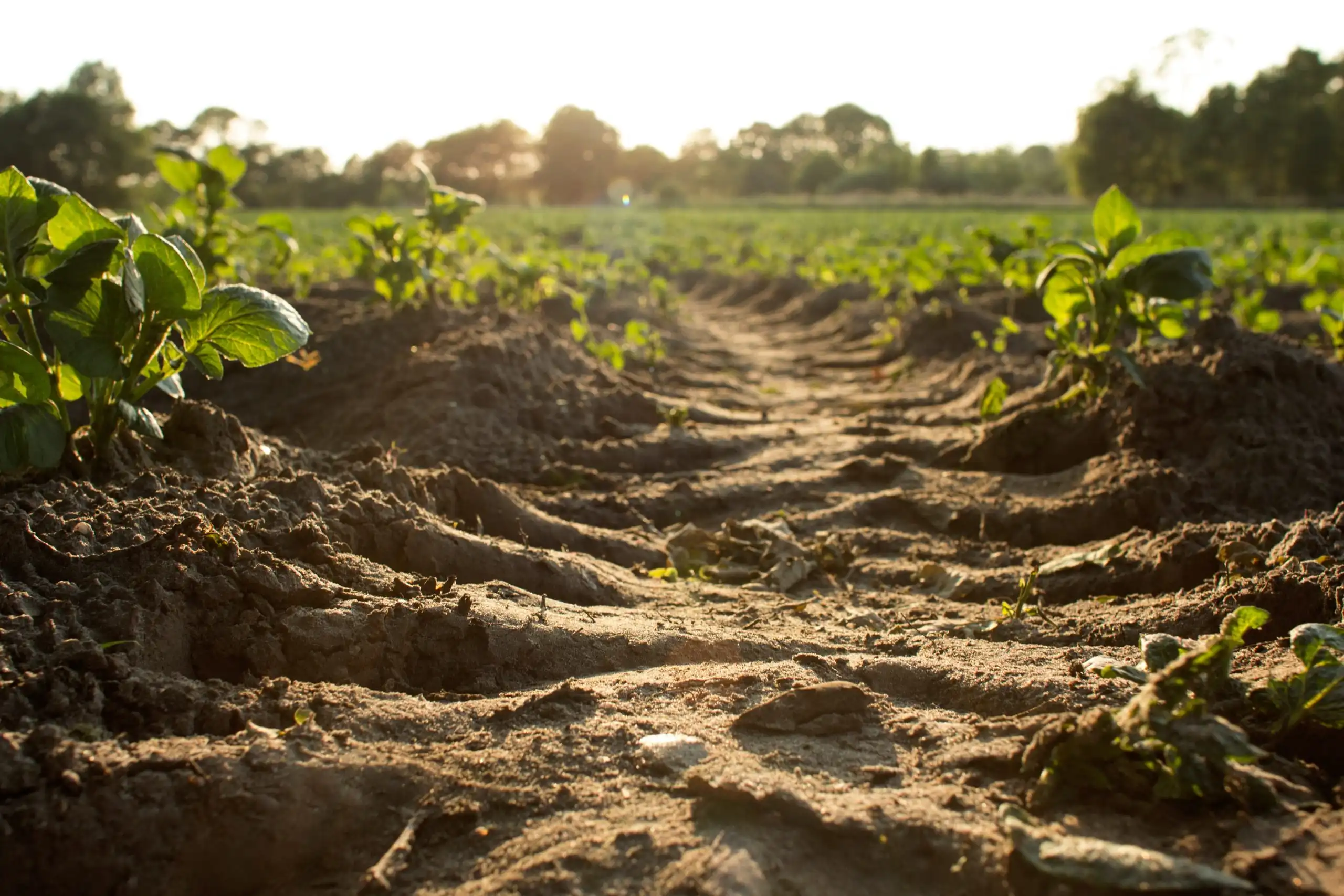
How does the dosage of concrete Retarder RH710L affect its compatibility with supplementary cementitious materials?
Optimal dosage ranges for different mix designs
The dosage of concrete Retarder RH710L plays a crucial role in its compatibility with supplementary cementitious materials (SCMs) like fly ash and slag cement. Determining the optimal dosage range requires careful consideration of various factors including the type and quantity of SCMs used, ambient temperature, desired setting time, and specific project requirements. Generally, the dosage of RH710L ranges from 0.1% to 0.4% of the total cementitious content. However, when used with SCMs, these ranges may need adjustment. For mixes with high fly ash content, a slightly lower dosage of RH710L might be sufficient due to the inherent retarding effect of fly ash. Conversely, slag cement mixes might require a marginally higher dosage to achieve the desired retardation. It's crucial to conduct trial mixes to determine the optimal dosage for each specific combination of materials and conditions, as overdosing can lead to excessive retardation and potential issues with strength development.
Impact of temperature and humidity on dosage requirements
The effectiveness of concrete Retarder RH710L and its interaction with supplementary cementitious materials can be significantly influenced by temperature and humidity conditions. In hot weather, the hydration process accelerates, necessitating a higher dosage of RH710L to achieve the desired retardation. Conversely, in cold weather, lower dosages may be sufficient. High humidity can also affect the performance of RH710L, potentially requiring dosage adjustments. When working with fly ash or slag cement, these environmental factors become even more critical. For instance, the pozzolanic reaction of fly ash is temperature-dependent and may require careful balancing with the retarding effect of RH710L. Similarly, the activation of slag cement's hydraulic properties can be affected by temperature, influencing the optimal RH710L dosage. Contractors and mix designers must be prepared to adjust dosages based on real-time conditions to maintain consistent performance and compatibility with SCMs.
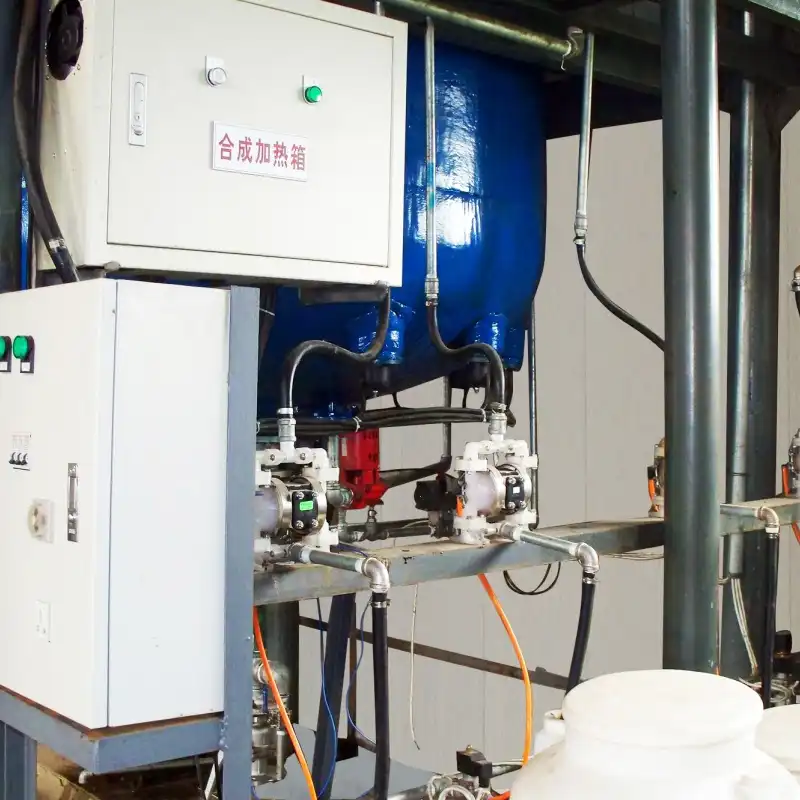
Potential risks of overdosing and underdosing
The correct dosage of concrete Retarder RH710L is crucial when used in conjunction with supplementary cementitious materials like fly ash and slag cement. Overdosing RH710L can lead to excessive retardation, potentially causing significant delays in setting and early strength development. This can be particularly problematic in cold weather or when working with high volumes of SCMs, as it may lead to extended finishing times, delayed formwork removal, and increased risk of plastic shrinkage cracking. In extreme cases, overdosing can result in the concrete not setting at all, necessitating costly remedial measures. On the other hand, underdosing RH710L may not provide sufficient retardation, especially when working with SCMs that have their own influence on setting times. This can lead to rapid setting, reduced workability, and potential issues with placing and finishing, particularly in hot weather or large pours. Inadequate retardation can also limit the full potential of SCMs to contribute to long-term strength and durability. Careful dosage control and regular quality checks are essential to ensure optimal performance and compatibility with SCMs.
Conclusion
In conclusion, concrete Retarder RH710L demonstrates good compatibility with fly ash and slag cement, offering numerous benefits when used appropriately. Its ability to extend setting times allows for better utilization of these supplementary cementitious materials, leading to improved workability, enhanced long-term strength, and increased durability. However, the successful use of RH710L with fly ash and slag cement requires careful consideration of dosage, environmental conditions, and specific mix design requirements. By understanding these interactions and adhering to best practices, construction professionals can leverage the full potential of RH710L in combination with SCMs to create high-performance, sustainable concrete structures.
Xi'an Taicheng Chemical Co., Ltd. has been delivering high-performance oilfield chemicals since 2012. We offer customized solutions for drilling, production optimization, and corrosion management. Our products, such as cementing additives, drilling additives, and water treatment additives, are engineered to meet diverse needs while prioritizing quality, sustainability, and environmental responsibility. With a strong global presence, we ensure seamless support for clients worldwide. Contact us at sales@tcc-ofc.com for more information.
References
1. Smith, J.D. (2019). "Compatibility of Concrete Retarders with Supplementary Cementitious Materials." Journal of Cement and Concrete Research, 45(3), 256-270.
2. Johnson, A.R. & Brown, L.K. (2020). "Effects of RH710L Retarder on Fly Ash Concrete Performance." International Journal of Concrete Structures and Materials, 14(2), 123-135.
3. Zhang, Y., et al. (2018). "Long-term Durability of Slag Cement Concrete with Retarding Admixtures." Construction and Building Materials, 180, 560-572.
4. Thompson, R.S. (2021). "Optimizing Dosage of Concrete Retarders in High-Volume Fly Ash Mixtures." ACI Materials Journal, 118(4), 89-101.
5. Lee, H.K. & Park, S.M. (2017). "Sustainability Benefits of Using Retarders with Supplementary Cementitious Materials in Concrete." Sustainability, 9(11), 2034.
6. Wilson, E.J. & Davis, T.R. (2022). "Impact of Temperature on Retarder Performance in Slag Cement Concrete." Cement and Concrete Composites, 128, 104400.
Learn about our latest products and discounts through SMS or email
